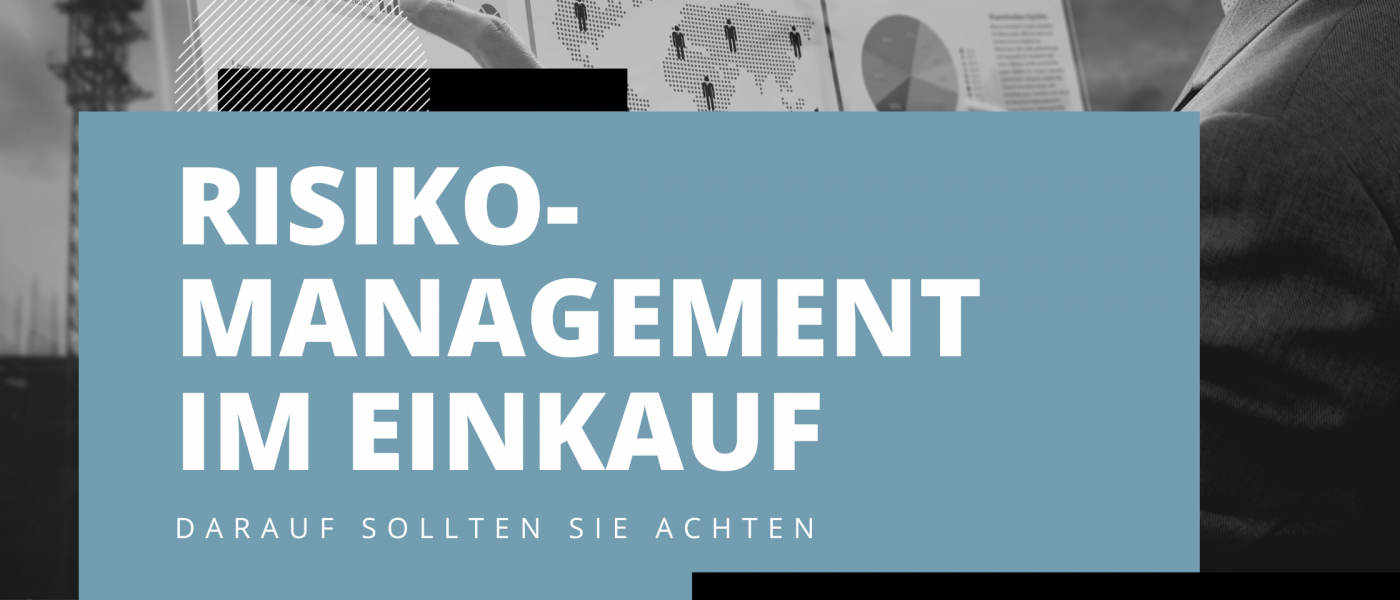In the world of procurement and supply chains, risk management plays a critical role. Companies that practice effective risk management in purchasing are better able to meet unexpected challenges and ensure long-term stability. One of the most important sources of information for risk management in purchasing are the suppliers’ annual financial statements, consisting of the balance sheet and income statement (P&L). This financial information provides valuable insight into suppliers’ financial stability and performance. Here are some key aspects that companies should pay particular attention to:
1. Liquidity situation
A supplier’s balance sheet provides information about its liquidity situation by disclosing its asset and liability structure. Healthy liquidity is a key indicator of a supplier’s ability to meet its obligations on time. Companies should ensure that their suppliers have sufficient financial resources to avoid delivery delays or production stoppages.
2. Profitability
The assessment of the supplier’s profitability is another important factor. Key figures such as return on sales and interest cover are decisive in this respect. Solid profitability is the basis for long-term stability and indicates that the supplier is able to operate profitably.
3. Debt situation
Suppliers’ balance sheets can also provide information about their debt situation. An inadequate financing structure entails risks in the future. Companies should ensure that their suppliers are not overly indebted to avoid financial problems.
4. Comparison and development
When evaluating financial statements, it is important to also understand and consider interrelationships. Comparing industry metrics and tracking trends over time can help further assess supplier financial performance.
Our experienced analysts are available to help you analyze various financial data and prepare for supplier meetings or accompany these meetings on site. Our goal is to be proactive rather than reactive. With our many years of know-how, we identify potential risks even before they show up on the balance sheet!
We would be happy to provide you with more information on this topic through our training offerings at our in-house academy: www.fracademy.de.




